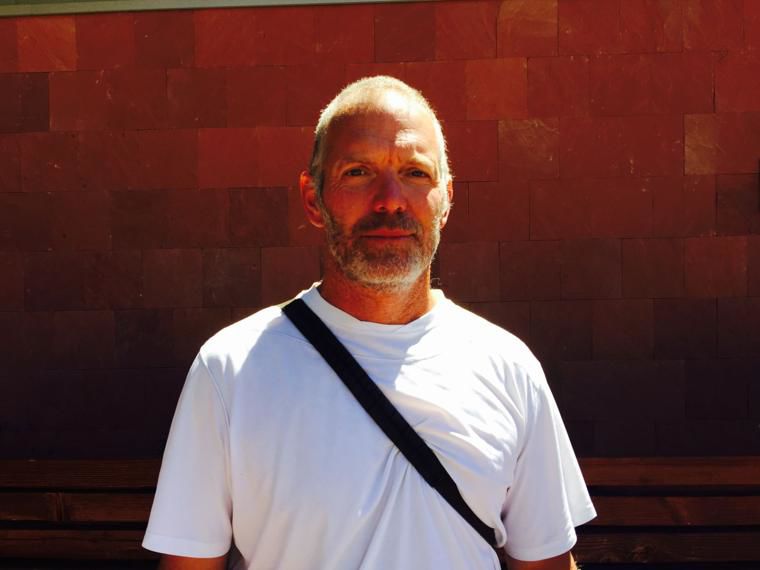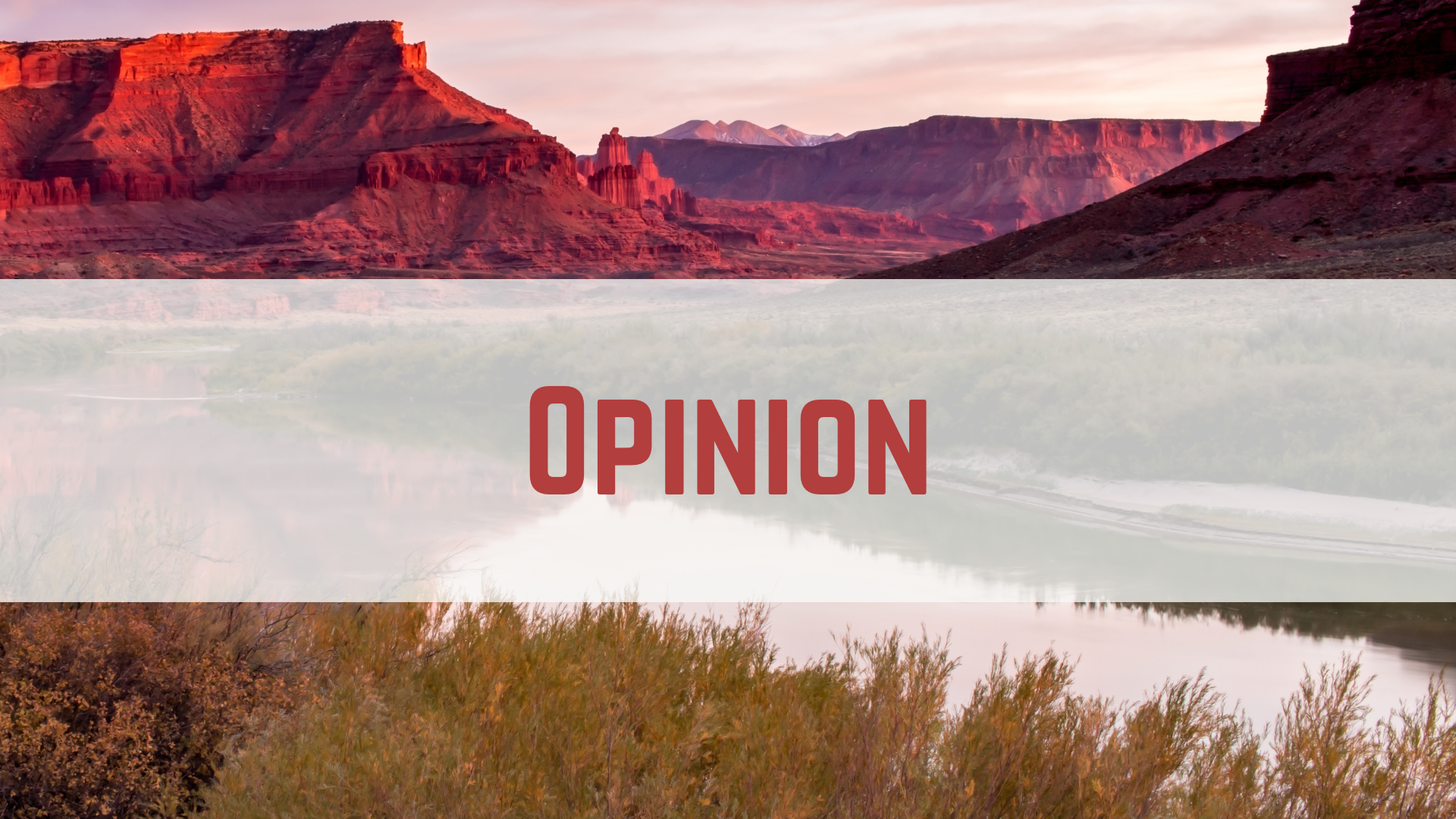Some information may be outdated.
“Those who cannot remember the past are condemned to repeat it.” – Santayana
It is tempting to think that knowing history will ensure a better future. Tempting, but probably overoptimistic. This state was a very different place 100 years ago. People at that time lived in a very rural, agricultural economic system. Trains and steamships expanded and accelerated a global network that offered opportunities for even the most remote locations.
In 1918, a great regional boom in livestock, particularly sheep and cattle, was well underway all across the grassy valleys of the Intermountain West. This boom was a primary driver in the economic development of the state, and over a few short decades changed the region’s landscape catastrophically. That boom time, and its consequences, are hardly spoken of today.
The early years of white settlement in the region took place in a landscape of abundant grasslands in the valleys and foothills. The Tooele valley, west of Salt Lake, was verdant with flowers and grasses and, since Utah was a central location for wagon trains and traveling herds on the original overland wagon route from the East and from the Southwestern states and Texas, it became one of the most popular winter grazing areas in the West.
The railroad intensified pressure on the landscape by expanding opportunities for moving products to the great markets of the world. A growing population in the state, and the pressure to meet mortgage payments for land purchased from land companies, railroads and banks, encouraged cash crops or livestock. Combined with the hard-working opportunism that was characteristic of the citizens of the young and resource-rich American landscape, the stage was set for a regional boom.
In 1885, Utah sheep numbered 1 million, and by 1890, 1.5 million. At the turn of the century there were as many as 3.8 million. Cattle numbered 200,00 in 1885 and peaked at around 500,000 in 1919. These numbers are probably low, perhaps by half, as they were owner-reported tax collection counts. A tradition of sheep count at that time did not include newborns under 6 months old. Today, their numbers are down to 275,000.
Even as early as 1860, impacts to the landscape were apparent. Mormon Apostle Orson Hyde reported that Sanpete County valleys were “destitute of grass” being either overgrazed or simply trampled by vast transient herds and replaced with “desert weed.” The “virgin grass country” era of the Tooele valley was long gone, too, after less than two decades of intense, unregulated use. Some years later, it would be made to bear value again as farmland, but the result was a mini-dust bowl that blanketed the Wasatch Front in a cloud of lost soil. The Dust Bowl, the southern plains states’ grassland disaster of the late 20s, similarly caused the blackening of the sky for days at a time in the great cities of the East Coast, and is well documented in pictures, literature, song and lore. The loss of the grasslands of the Intermountain West is remarkably underdocumented. The estimated loss of native grassland ecosystems in the U.S. is 98 percent. The loss of Utah grassland is likely commensurate.
Utah is the second driest state in the Union after Nevada. Ironically, destructive flooding was endemic in the state following what some referred to as “the period of spoliation” that marked the middle decades of the livestock boom. In 1890, the citizens of Manti suffered a devastating flood in their town that led to the exclusion of all grazing animals from Manti Canyon in an effort to restore groundcover, which limits the negative effects of heavy rainfall. The elected mayor that year ran on a platform of “No More Flooding.” A petition by the new mayor to President Theodore Roosevelt led to the establishment of what would eventually become the Manti-La Sal National Forest in May of 1903.
Local control efforts, the establishment of national forest lands and the passage of the Taylor Grazing Act of 1934 were intended to protect the public lands. Decade after decade of intense overgrazing, droughts, wind storms and periodic massive spring runoffs did more. Grassland topsoil accumulates at a rate of approximately 1.5-inches per 1,000 years. The deep arroyos that seem characteristic of this country are not. It formed as flooding events, and combined with the cumulative effects of overgrazing, washed away the topsoil in the early part of the last century.
“A wave of grass and flowers” is how the early pioneer and cowboy Frank Silvey described the “virgin grasslands” of Southeastern Utah. Considering the tragic loss that description evokes, it is tempting to condemn our ancestors for their ignorant consumption of irreplaceable wonders. Tempting, but overoptimistic. Every boom leaves a legacy of destruction, the shadow of an incendiary flame. Ours will be no different.
Chaz Howard is a longtime Moab resident.
Appreciate the coverage? Help keep local news alive.
Chip in to support the Moab Sun News.



